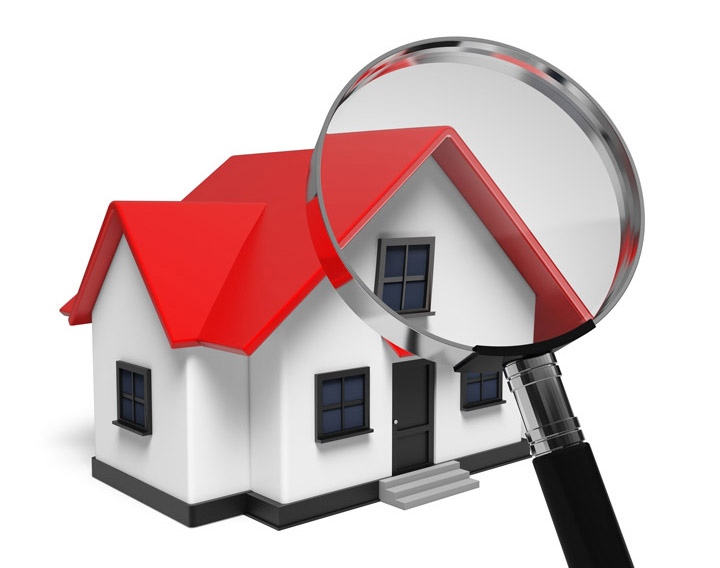
What Are the Components of an Appraisal?Acquiring a home can be the most significant investment many people might ever encounter. It doesn't matter if a main residence, an additional vacation property or a rental fixer upper, the purchase of real property is an involved transaction that requires multiple parties to pull it all off. Most people are familiar with the parties having a role in the transaction. The real estate agent is the most familiar person in the transaction. Next, the mortgage company provides the financial capital needed to fund the exchange. And ensuring all aspects of the exchange are completed and that the title is clear to pass to the buyer from the seller is the title company. So, who makes sure the real estate is worth the purchase price? This is where you meet the appraiser. We provide an unbiased opinion of what a buyer could expect to pay — or a seller receive — for a parcel of real estate, where both buyer and seller are informed parties. A licensed, certified, professional appraiser from J. Hale Appraisals will ensure, you as an interested party, are informed. Appraisals begin with the property inspectionTo determine the true status of the property, it's our responsibility to first conduct a thorough inspection. We must physically see aspects of the property, such as the number of bedrooms and bathrooms, the location, and so on, to ensure they indeed are present and are in the shape a typical buyer would expect them to be. To ensure the stated square footage is accurate and convey the layout of the property, the inspection often requires creating a sketch of the floorplan. Most importantly, the appraiser identifies any obvious amenities - or defects - that would affect the value of the house. Once the site has been inspected, we use two or three approaches to determining the value of real property: paired sales analysis and, in the case of a rental property, an income approach. 
Cost ApproachHere, the appraiser uses information on local construction costs, labor rates and other elements to calculate how much it would cost to replace the property being appraised. This estimate usually sets the upper limit on what a property would sell for. It's also the least used predictor of value. 
Paired Sales AnalysisAppraisers are intimately familiar with the neighborhoods in which they work. They innately understand the value of specific features to the residents of that area. Then, the appraiser looks up recent transactions in the vicinity and finds properties which are 'comparable' to the property being appraised. By assigning a dollar value to certain items such as remodeled rooms, types of flooring, energy efficient items, patios and porches, or additional storage space, we add or subtract from each comparable's sales price so that they are more accurately in line with the features of subject.
A true estimate of what the subject might sell for can only be determined once all differences between the comps and the subject have been evaluated. At J. Hale Appraisals, we are an authority in knowing the value of real estate features in Wilder and Canyon County neighborhoods. The sales comparison approach to value is usually awarded the most weight when an appraisal is for a home exchange. Valuation Using the Income ApproachA third way of valuing a house is sometimes applied when a neighborhood has a reasonable number of renter occupied properties. In this situation, the amount of income the real estate produces is taken into consideration along with other rents in the area for comparable properties to give an indicator of the current value. Coming Up With The Final ValueExamining the data from all applicable approaches, the appraiser is then ready to state an estimated market value for the property in question. The estimate of value at the bottom of the appraisal report is not always the final sales price even though it is likely the best indication of what a property is worth. Depending on the individual circumstances of the buyer or seller, their level of urgency or a buyer's desire for that exact property, the closing price of a home can always be driven up or down.But the appraised value is typically employed as a guideline for lenders who don't want to loan a buyer more money than they could get back in case they had to sell the property again. It all comes down to this, an appraiser from J. Hale Appraisals will help you attain the most fair and balanced property value, so you can make wise real estate decisions. |